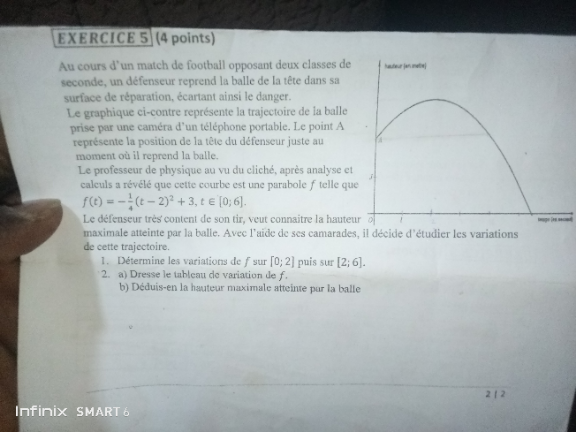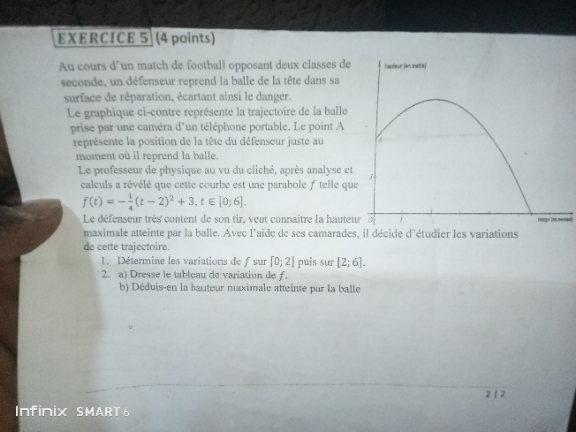
Relation and FunctionsQuestion and Answers: Page 1
Question Number 207314 Answers: 1 Comments: 0
Question Number 207085 Answers: 2 Comments: 0
Question Number 206993 Answers: 1 Comments: 0
Question Number 206442 Answers: 1 Comments: 0

Question Number 206151 Answers: 1 Comments: 0

Question Number 206136 Answers: 1 Comments: 0

Question Number 205919 Answers: 1 Comments: 0
Question Number 205262 Answers: 1 Comments: 0
Question Number 204478 Answers: 1 Comments: 0
Question Number 204426 Answers: 0 Comments: 0
Question Number 204394 Answers: 0 Comments: 0

Question Number 204393 Answers: 0 Comments: 0

Question Number 203905 Answers: 0 Comments: 8
Question Number 203291 Answers: 1 Comments: 0
Question Number 202865 Answers: 3 Comments: 1
Question Number 202795 Answers: 3 Comments: 0
Question Number 202536 Answers: 2 Comments: 0
Question Number 201848 Answers: 1 Comments: 0

Question Number 201681 Answers: 1 Comments: 0
Question Number 200973 Answers: 0 Comments: 0

Question Number 200722 Answers: 1 Comments: 1
Question Number 199781 Answers: 1 Comments: 0
Question Number 199167 Answers: 0 Comments: 0
Question Number 198178 Answers: 2 Comments: 0
Question Number 198065 Answers: 1 Comments: 0
$$\mathrm{2}^{{x}} +\mathrm{9}+\mathrm{2}^{{x}} =\mathrm{40} \\ $$
Question Number 198064 Answers: 1 Comments: 0
$$\mathrm{3}×\mathrm{5}^{{x}} +\mathrm{5}^{{x}+\mathrm{1}} =\mathrm{8}×\mathrm{5}^{\mathrm{3}} \\ $$
